When you replace a battery cable, use a replacement cable that has the following specifications that are equal to the specifications of the original cable:
| • | Type |
| • | Diameter |
| • | Length |
Additional feed wires sometimes attach to positive cables. Additional ground leads sometimes attach to negative cables. Route the replacement cable in the same manner as the original cable was routed.
Positive Cable Removal Procedure
- Tilt the cab. Refer to Cab Tilting in General Information.
- Disconnect the negative battery cable.
- Disconnect the positive cable from the starter solenoid.
- Disconnect the positive cable from the Maxi-Fuse® block.
- Remove the following components:
- Remove the positive cable.
Caution: Unless directed otherwise, the ignition and start switch must be in the OFF or LOCK position, and all electrical loads must be OFF before servicing any electrical component. Disconnect the negative battery cable to prevent an electrical spark should a tool or equipment come in contact with an exposed electrical terminal. Failure to follow these precautions may result in personal injury and/or damage to the vehicle or its components.
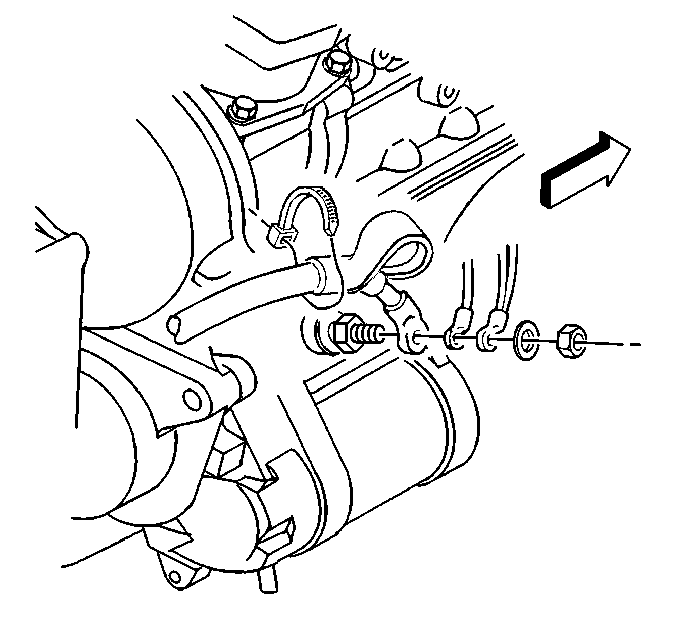
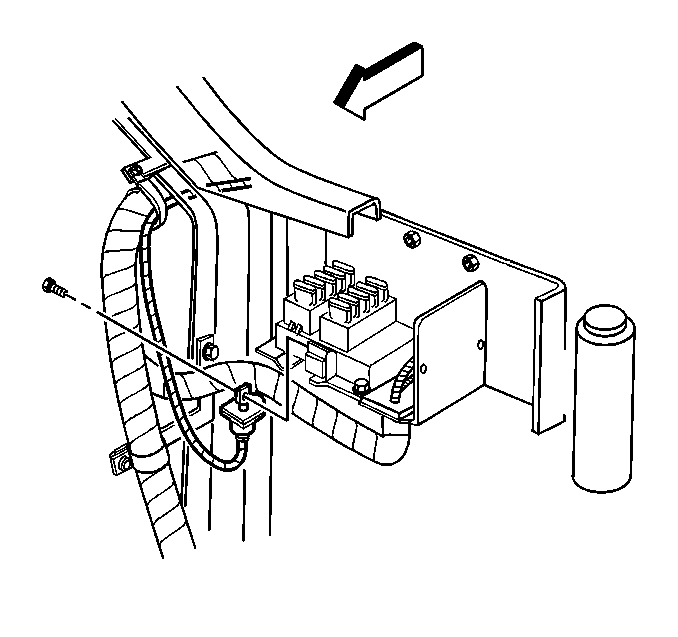
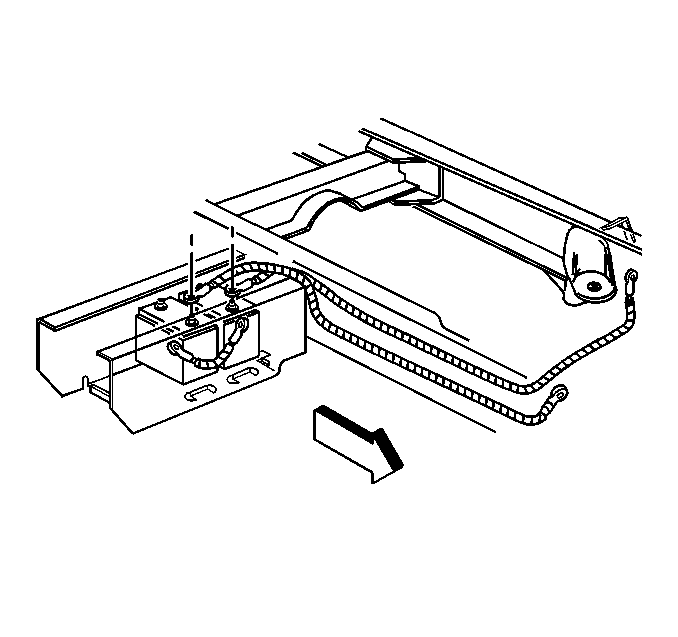
| • | The positive cable clamps |
| • | The tie downs |
Positive Cable Installation Procedure
- Install the positive cable.
- Install the following components:
- Connect the positive cable to the Maxi-Fuse® block.
- Connect the positive cable to the starter solenoid.
- Connect the negative battery cable.
- Lower the cab.

Ensure that the positive cable is installed to the original positive cable routing.
| • | The positive cable clamps |
| • | The tie downs |

Notice: Use the correct fastener in the correct location. Replacement fasteners must be the correct part number for that application. Fasteners requiring replacement or fasteners requiring the use of thread locking compound or sealant are identified in the service procedure. Do not use paints, lubricants, or corrosion inhibitors on fasteners or fastener joint surfaces unless specified. These coatings affect fastener torque and joint clamping force and may damage the fastener. Use the correct tightening sequence and specifications when installing fasteners in order to avoid damage to parts and systems.
Tighten
Tighten the positive cable to Maxi-Fuse® block bolt to 9 N·m
(80 lb in).

Tighten
Tighten the positive cable starter nut to 21 N·m (16 lb ft).
Tighten
Tighten the top post terminal nut to 17 N·m (13 lb ft).
Negative Cable to Frame Removal Procedure
- Disconnect the negative battery cable from the battery.
- Connect the negative battery cable from the frame.
- Disconnect the wires from the negative junction block.
- Remove the negative junction from the frame.
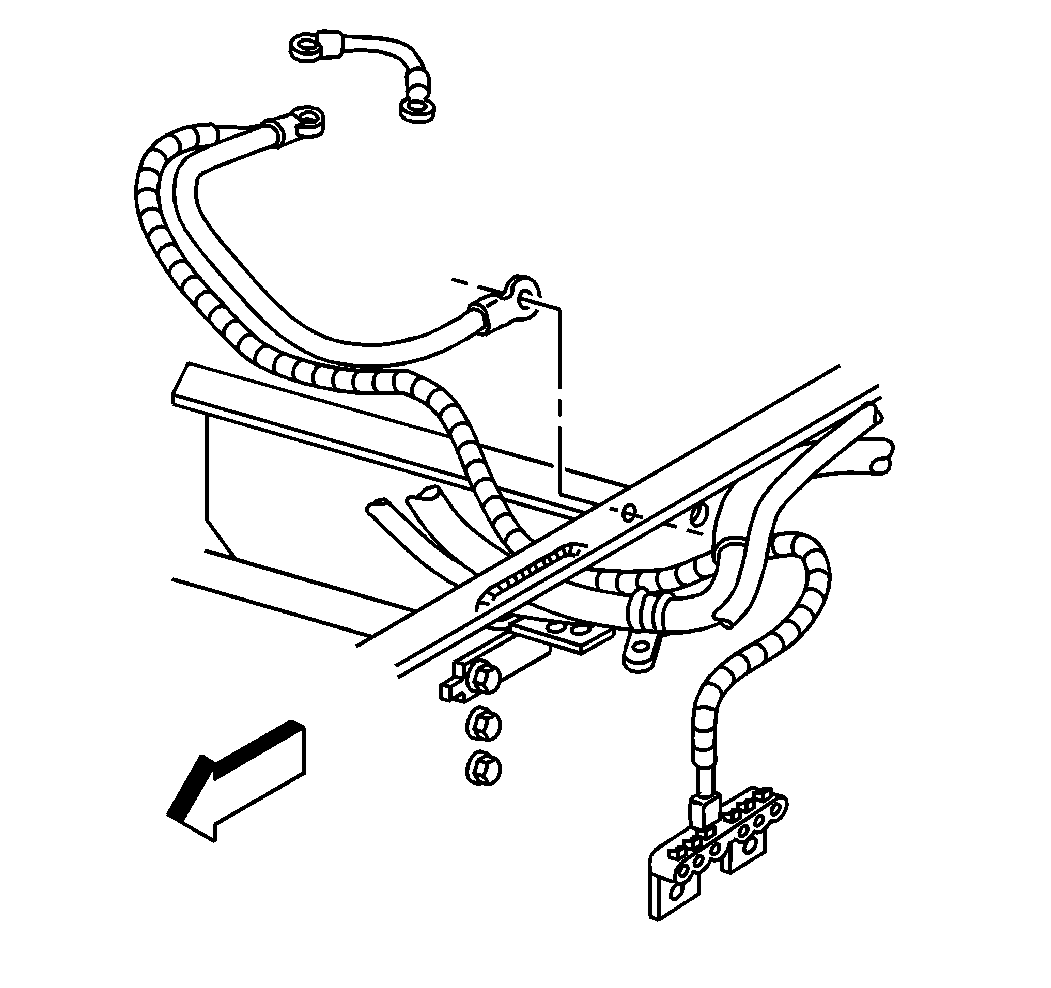
Caution: Unless directed otherwise, the ignition and start switch must be in the OFF or LOCK position, and all electrical loads must be OFF before servicing any electrical component. Disconnect the negative battery cable to prevent an electrical spark should a tool or equipment come in contact with an exposed electrical terminal. Failure to follow these precautions may result in personal injury and/or damage to the vehicle or its components.
Negative Cable to Frame Installation Procedure
- Install the negative junction to the frame.
- Connect the wires to the negative junction block.
- Connect the negative battery cable to the frame.
- Connect the negative battery cable to the battery.

Notice: Use the correct fastener in the correct location. Replacement fasteners must be the correct part number for that application. Fasteners requiring replacement or fasteners requiring the use of thread locking compound or sealant are identified in the service procedure. Do not use paints, lubricants, or corrosion inhibitors on fasteners or fastener joint surfaces unless specified. These coatings affect fastener torque and joint clamping force and may damage the fastener. Use the correct tightening sequence and specifications when installing fasteners in order to avoid damage to parts and systems.
Tighten
| • | Tighten the top post terminal nut to 17 N·m (13 lb ft). |
| • | Tighten the negative cable bolt to frame to 30 N·m (22 lb ft). |
Negative Cable to Engine Removal Procedure
- Disconnect the negative cable from the frame.
- Disconnect the negative cable from the engine.
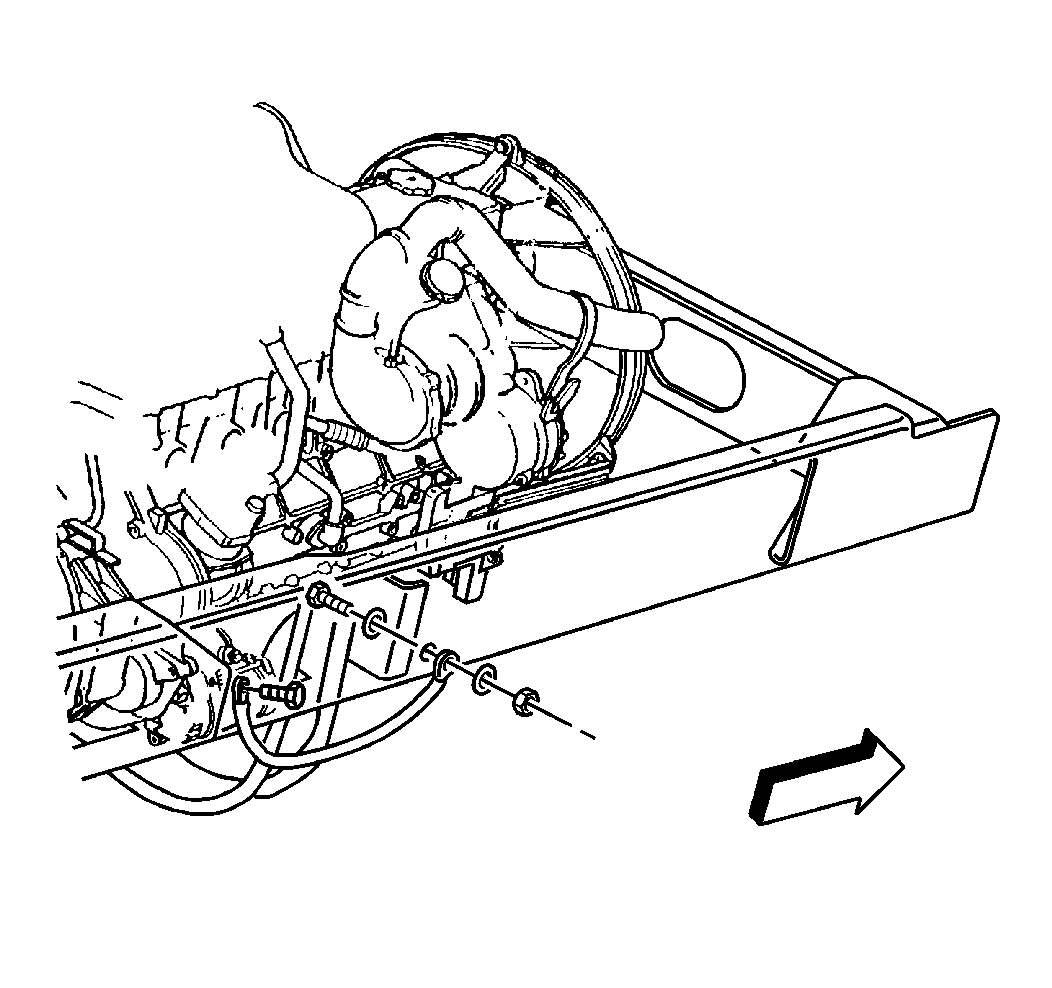
Negative Cable to Engine Installation Procedure
- Connect the negative cable to the engine.
- Connect the negative cable to the frame.

Notice: Use the correct fastener in the correct location. Replacement fasteners must be the correct part number for that application. Fasteners requiring replacement or fasteners requiring the use of thread locking compound or sealant are identified in the service procedure. Do not use paints, lubricants, or corrosion inhibitors on fasteners or fastener joint surfaces unless specified. These coatings affect fastener torque and joint clamping force and may damage the fastener. Use the correct tightening sequence and specifications when installing fasteners in order to avoid damage to parts and systems.
Tighten
| • | Tighten the negative cable to frame bolt to 28 N·m (21 lb ft). |
| • | Tighten the negative cable to engine bolt to 18 N·m (13 lb ft). |
